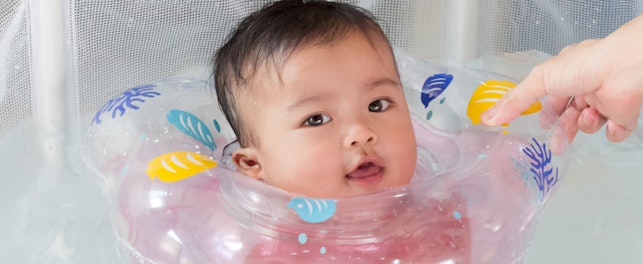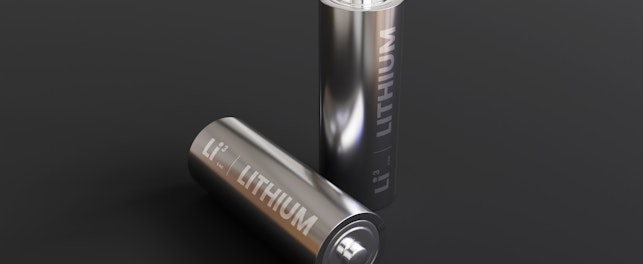SG 082.22
Thailand has published new of legislation relating to food contact plastics. The new law entered into force on June 18, 2022.
On June 17, 2022, Thailand issued a new set of new rules for food contact plastics in the nation’s Government Gazette Special Edition. The new law contains several important provisions. It:
- Sets out the general safety requirements
- Provides a new definition for containers made of plastic and containers made from recycled plastics, the latter product category has specified rules for recycling processes to manufacture food contact recycled plastics
- Requires plastic containers for milk and dairy products to be made from polyethylene (PE), ethylene 1-alkene copolymerized resin, polypropylene (PP), polystyrene (PS) or polyethylene terephthalate (PETP)
- Prohibits plastic containers as food contact plastic articles if these have been used to package fertilizers or other hazardous substances
- Specifies a list of 12 specific food contact plastic containers, and plastic containers for milk or milk products, under List Number 1 to conform to the following:
- ≤ 10 mg/dm² for overall migration (Table 1)
- Specific migration of 19 heavy metals (Table 2, see Table 1 below)
- ND (Limit of detection (LOD) = 0.002 mg/kg) for the specific migration of each of the 22 primary aromatic amines (PAA, Table 3.1)
- Specific migration limits (SML) for the following PAA in Table 3.2
- ND (LOD = 0.002 mg/kg) for 1, 3-phenylenediamine (1,3-diaminobenzene, CAS 108-45-2, item 1)
- 0.05 mg/kg for 4,4’-methylene bis(3-chloro-2,6-diethylaniline (CAS 106246-33-7, item 2)
- 5 mg/kg 4,4’-diaminodiphenyl sulphone (CAS 80-08-0, item 3)
- 0.05 mg/kg for 2-aminobenzamide (CAS 88-68-6, item 4)
- ≤ 0.01 mg/kg for sum of the specific migration of PAA, other than those in Table 3.1 and items 1 to 4 in Table 3.2 (LOD = 0.002 mg/kg)
- Requires specific plastics to conform to the specific migration of certain substances/entries of substances (List Number 1, Table 4):
- Polyvinyl chloride (PVC, 1 substance)
- Polyvinylidene chloride (PVDC, 1)
- Polycarbonate (PC, 3)
- Polyamide/nylon (PA/Nylon, 1)
- Polymethyl methacrylate (PMMA, 1)
- Melamine-formaldehyde (3)
- Polyethylene terephthalate (PETP, 28)
- Defines safety assessment documentation requirements for plastic containers that are not within the scope of the list of 12 types of plastic, and plastic containers for milk or dairy products
- Details the specifications for 12 types of food contact plastics as well as the types of plastic for containing milk or milk products (List Number 2, Tables 1 and 2)
Highlights of the requirements for the specific migration of 19 metals in the new law are summarized in Table 1.
Notification of the Ministry of Public Health (No. 435) B.E. 2565 (2022) Issued Under the Food Act, B.E. 2522 (1979), Regarding the Quality or Standard of Plastic Containers Table 2 to List Number 1 (as per Notification) ‘Specific Migration of Heavy Metals’ | ||||
|---|---|---|---|---|
| 1 | Aluminum (Al) |
| 1 | |
| 2 | Antimony (Sb) | 0.04 | ||
| 3 | Arsenic (As) | ND (DL = 0.01) | ||
| 4 | Barium (Ba) | 1 | ||
| 5 | Cadmium (Cd) | ND (DL = 0.002) | ||
| 6 | Cobalt (Co) | 0.05 | ||
| 7 | Copper (Cu) | 5 | ||
| 8 | Chromium (Cr) | ND (DL = 0.01)² | ||
| 9 | Lead (Pb) | ND (DL = 0.01) | ||
| 10 | Iron (Fe) | 48 | ||
| 11 | Lithium (Li) | 0.6 | ||
| 12 | Manganese (Mn) | 0.6 | ||
| 13 | Mercury (Hg) | ND (DL = 0.01) | ||
| 14 | Nickel (Ni) | 0.02 | ||
| 15 | Zinc (Zn) | 5 | ||
| 16 | Europium (Eu) | 0.05³ | ||
| 17 | Gadolinium (Gd) | 0.05³ | ||
| 18 | Lanthanum (La) | 0.05³ | ||
| 19 | Terbium (Tb) | 0.05³ | ||
| ¹Plastic containers made from 1) polyethylene (PE), 2) ethylene 1-alkene copolymerized resin, 3) polypropylene (PP), 4) polystyrene (PS) and 5) polyethylene terephthalate (PETP) ²The detection limit of 0.01 mg/kg applies to total chromium. However, if the operator that placed the material on the market can prove on the basis of pre-existing documentary evidence that the presence of chromium (VI) in the material is excluded because it is not used or formed during the entire production process, a limit of 3.6 mg/kg applies for total chromium ³Sum of all lanthanide substances migrating to food or food simulant does not exceed the SML of 0.05 mg/kg | ||||
Table 1
The new law repealed Notification of the Ministry of Public Health (No. 295) B.E. 2548 (2005) and entered into force on June 18, 2022 – the date after its publication in the Government Gazette.
According to the new law:
- Food contact materials and articles made from virgin plastics that were in use prior to this notification may continue to be used until June 17, 2025 (three years from the date of entry into force)
- Food contact plastics complying with List Number 2 at the end of the notification may continue to be used until June 17, 2025 (three years from the date of entry into force)
SGS technical experts have extensive knowledge and testing experience in materials and articles in contact with food. They work to ensure that your products meet the appropriate regulations for food contact materials, paving the way for compliance. From overall migration tests to expert advice on emerging regulations, compliance issues and documentation review, SGS is the partner to trust. In the end, it’s only trusted because it’s tested. Discover more on our website.
Dr. Hingwo Tsang
Global Information and Innovation Manager
t: +8 522 774 7420
Rutchuporn Moungsom
Hardlines/Toys Laboratory Manager
t: +66 2 481 5259
© SGS Group Management SA - 2022 - All rights reserved - SGS is a registered trademark of SGS Group Management SA. This is a publication of SGS, except for 3rd parties’ contents submitted or licensed for use by SGS. SGS neither endorses nor disapproves said 3rd parties contents. This publication is intended to provide technical information and shall not be considered an exhaustive treatment of any subject treated. It is strictly educational and does not replace any legal requirements or applicable regulations. It is not intended to constitute consulting or professional advice. The information contained herein is provided “as is” and SGS does not warrant that it will be error-free or will meet any particular criteria of performance or quality. Do not quote or refer any information herein without SGS’s prior written consent.



